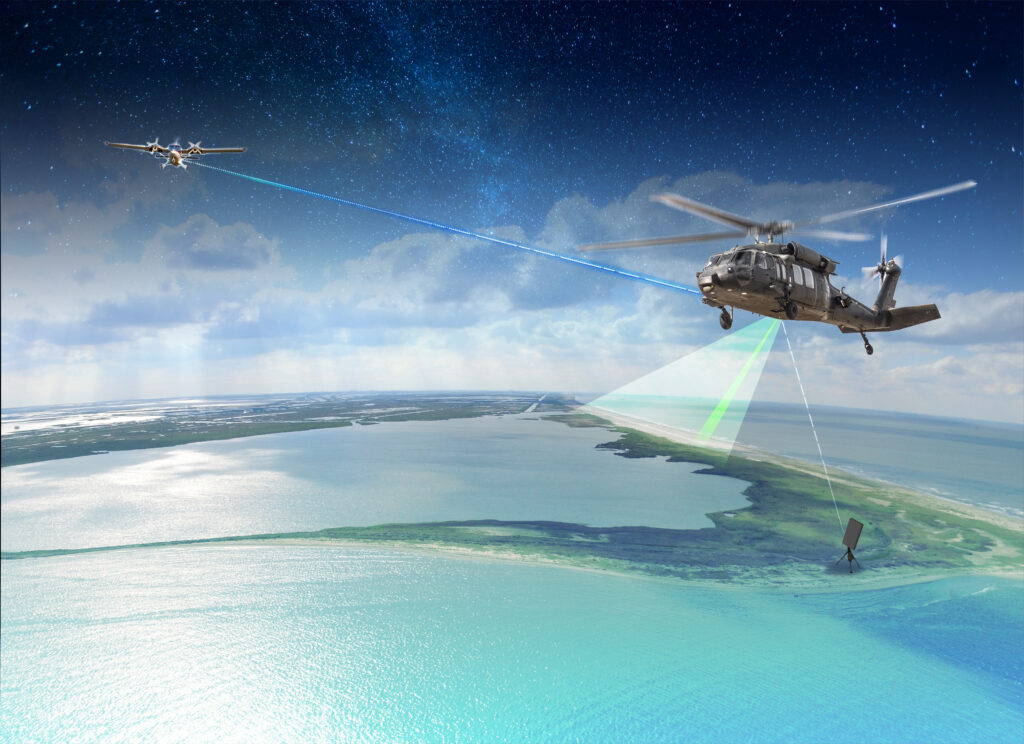Northrop demonstrated the inflight integration of two of its most advanced sensor and communication systems, enhancing the survivability and lethality of the US Army’s Future Vertical Lift (FVL) platforms.
The demonstration saw a UH-60 Black Hawk helicopter transmitting sensor data and communications to the ground through the Re Scalable Aperture for Precision Targeting Radar (RAPTR) and Mini-Communications, Navigation, Identification (Mini-CNI) systems.
The RAPTR and Mini-CNI communicated while searching for and tracking air targets, capabilities supporting manned-unmanned teaming, and long-range precision fires.
Key Step in Combined Solutions
“This flight test was a key step in demonstrating the ability to integrate multifunction sensors and advanced communications and networking systems into the FVL ecosystem that will provide warfighters with a number of new line-of-sight capabilities,” Northrop Grumman vice president Susan Bruce said.
“These combined solutions will extend the operational reach of joint and coalition partners and will improve lethality, survivability, and targeting against any threat for decision dominance in contested environments.”
Future Vertical Lift Program
The US Army is pursuing at least three FVL programs: the Future Long-Range Assault Aircraft, Future Attack Reconnaissance Aircraft, and Air-Launched Effects.
The FVL capability is critical for Joint All-Domain Command and Control, connecting sensors from all military services to a single network for faster decision-making.



